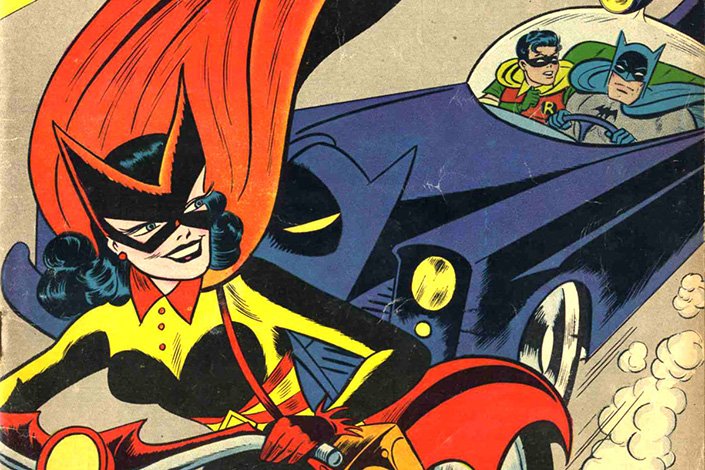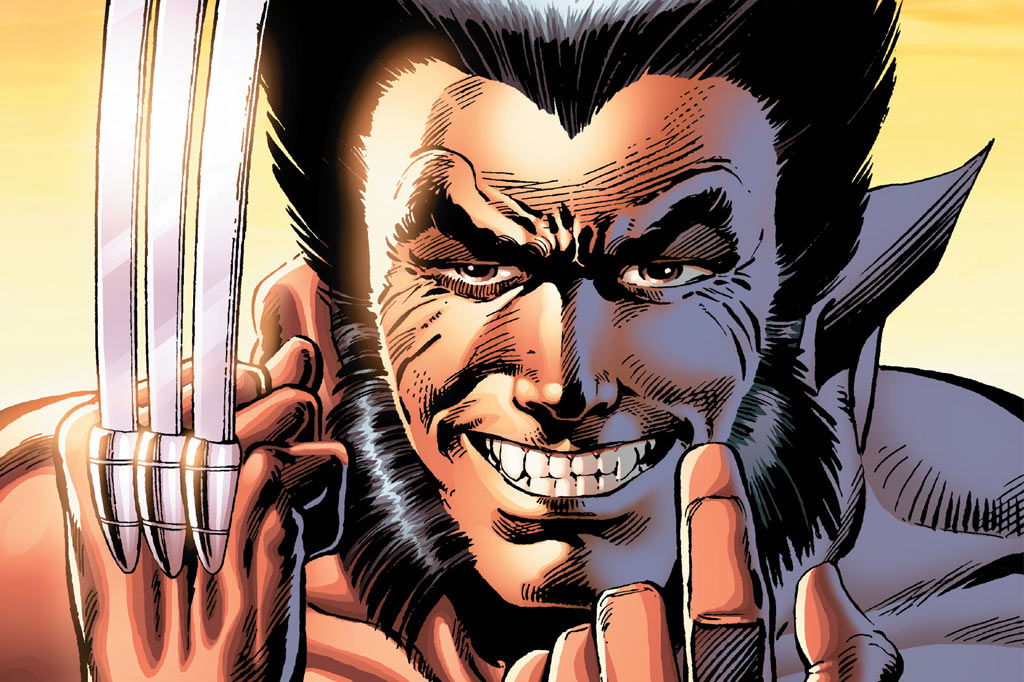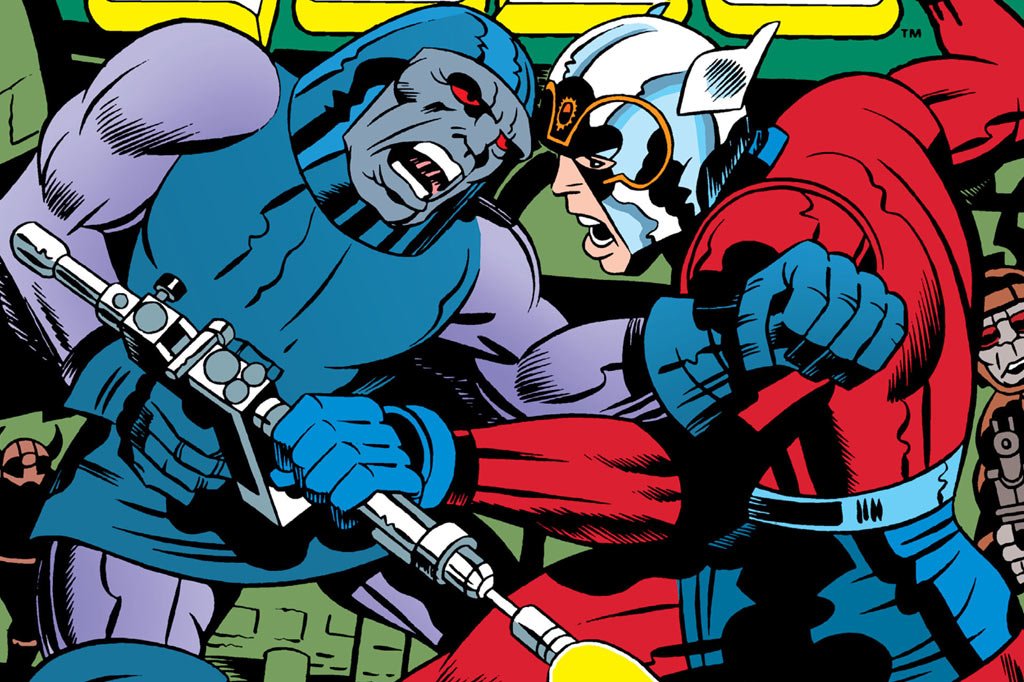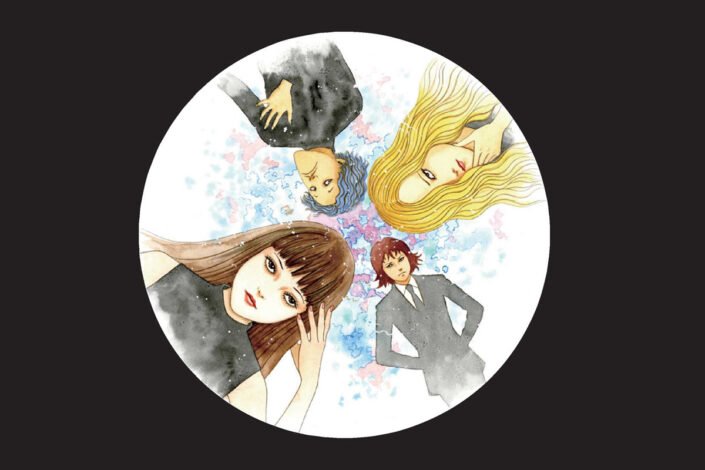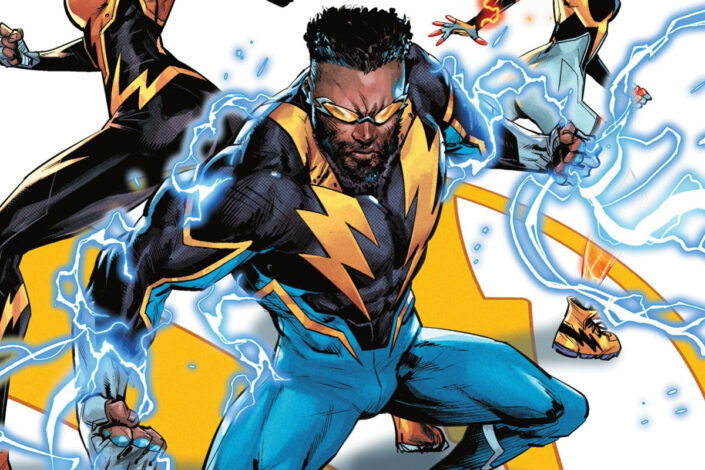Pokémon Adventures Manga Order, Read them All!
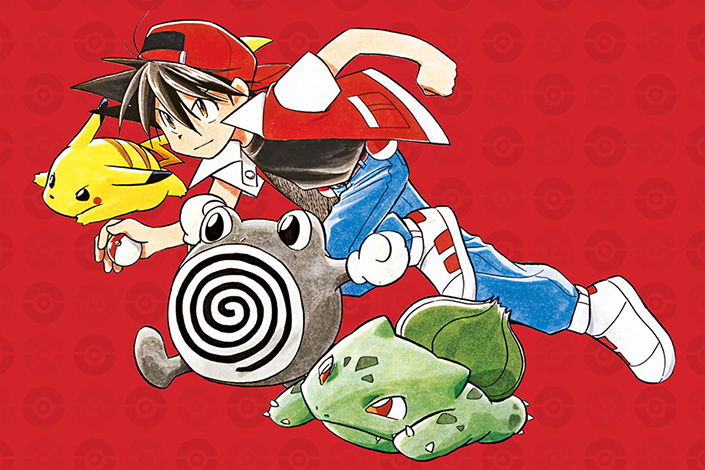
Almost 30 years ago, Pikachu was introduced to the world in the Japanese video games Pokémon Red and Pokémon Green. This was the start of what would become the gigantic Pokémon franchise, bigger than Star Wars, Harry Potter, Batman or Spider-Man. Set in a world where people and animals known as Pokémon coexist, human trainers must run around and catch some Pokémon to then train them and engage them in battle where they gain experience and get stronger.
This simple, classic but effective concept spawned many video games, animated series, films, trading card games and, you guessed it, many many manga!
There are several Pokémon manga series out there, the most important one–and generally the one being referenced when someone is talking about the manga–is Pokémon Adventures. Launched in 1997, this is a manga adaptation of the Pokémon game series. As such, each manga arc (or chapter) corresponds to a specific game. Each story is set in a region that is introduced in the video game and focuses on different characters. The series is written by Hidenori Kusaka and was illustrated by Mato for the first nine volumes and has subsequently been illustrated by Satoshi Yamamoto.
